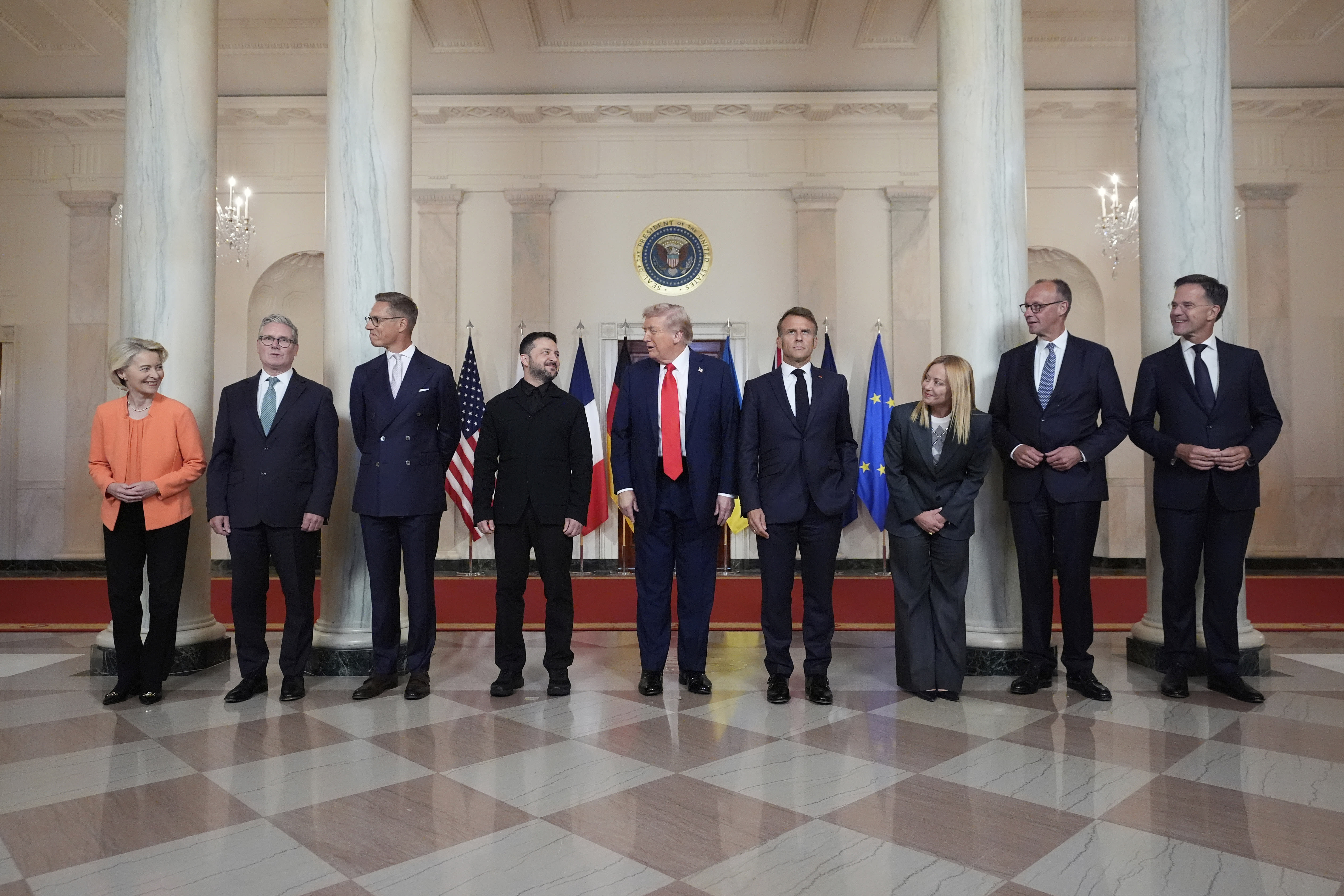The Persistent Stalemate: Analyzing the Russia-Ukraine Conflict
 The Tech Times
The Tech Times
In the realm of international politics, the Russia-Ukraine conflict stands as a poignant reminder of the complexities that underlie modern warfare and diplomacy. Despite numerous diplomatic interventions, the path to peace remains elusive. Recent meetings aimed at resolving the deadlock have yielded little substantial progress, presenting a scenario that seemingly plays into the strategic calculus of Russian President Vladimir Putin.
Historical Context: A Conflict with Deep Roots
To understand the current impasse, one must look back at the historical underpinnings that have shaped this conflict. The roots of the Russia-Ukraine tension can be traced back to the dissolution of the Soviet Union in 1991. Ukraine’s quest for sovereignty and alignment with Western powers has often been viewed as a threat by Russia, which sees Ukraine as part of its historical sphere of influence. The annexation of Crimea in 2014 marked a significant turning point, signaling Russia’s willingness to assert its geopolitical interests through force.
This historical backdrop is crucial in understanding why negotiations have consistently hit an impasse. Russia’s strategic interests in maintaining a buffer zone against NATO and ensuring a pro-Russian regime in Ukraine underpin much of its actions. On the other hand, Ukraine’s pursuit of integration with Western institutions like the EU and NATO represents a significant pivot from its Soviet past, compounding the tension.
The Current Diplomatic Stalemate
Recent negotiations have been marked by a lack of tangible outcomes, reflecting the entrenched positions of the involved parties. The talks, while essential, have thus far failed to address key issues such as territorial sovereignty and military disengagement. This deadlock, experts suggest, may be advantageous to President Putin, who has historically leveraged such situations to strengthen his domestic position and project Russia’s power on the global stage.
Putin’s strategy appears to be one of attrition, banking on the idea that prolonged conflict might erode Western resolve and create divisions within the international coalition supporting Ukraine. The geopolitical chess game continues, with each side maneuvering to maintain its strategic advantages while preventing escalation into a broader conflict.
The Role of International Actors
The involvement of international actors such as the United States, the European Union, and NATO has added layers of complexity to the negotiation process. These entities have primarily focused on imposing sanctions and providing military aid to Ukraine, aiming to deter further Russian aggression. However, the effectiveness of these measures in altering the strategic calculus remains a subject of intense debate.
Moreover, the global geopolitical landscape is in flux, with emerging powers like China pursuing their own interests, often at odds with Western strategies. This multipolarity complicates the diplomatic efforts, requiring a nuanced approach that balances deterrence with dialogue.
Conclusion: The Path Forward
The persistent deadlock in the Russia-Ukraine conflict underscores the challenges of modern diplomacy. While the lack of progress in recent talks is disheartening, it also presents an opportunity to reassess strategies and explore innovative solutions. The path to peace will require not only sustained diplomatic engagement but also a willingness to address the historical grievances and strategic concerns of all parties involved.
Ultimately, the resolution of this conflict hinges on the international community’s ability to foster a framework that ensures security, sovereignty, and stability for Ukraine while addressing Russia’s geopolitical concerns. As the world watches, the hope remains that dialogue, however slow and arduous, will eventually pave the way to peace.
Source: After meetings on Russia-Ukraine war, major obstacles to peace remain
Subscribe to my newsletter
Read articles from The Tech Times directly inside your inbox. Subscribe to the newsletter, and don't miss out.
Written by
